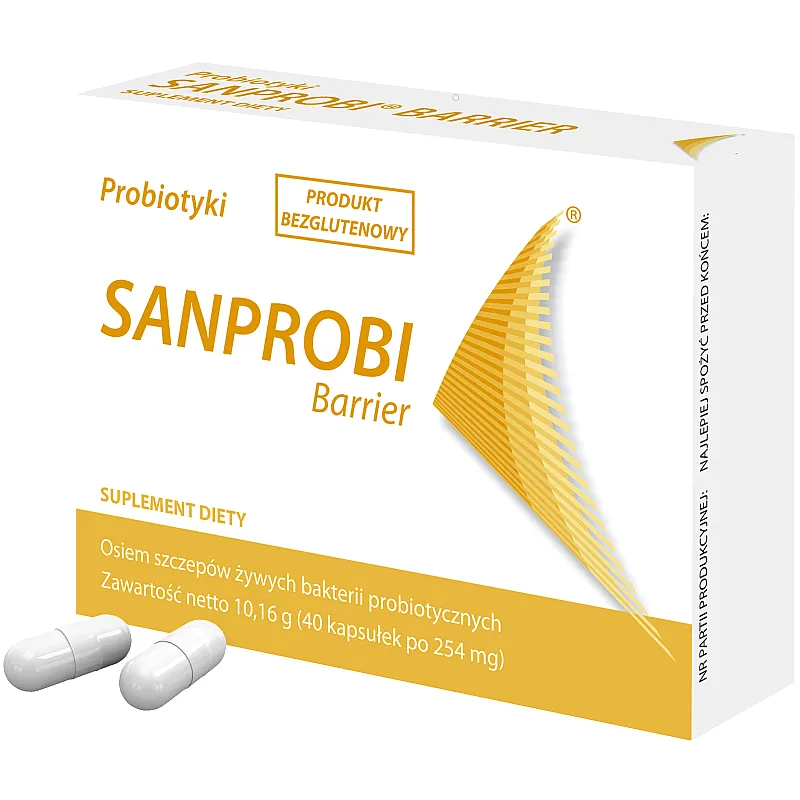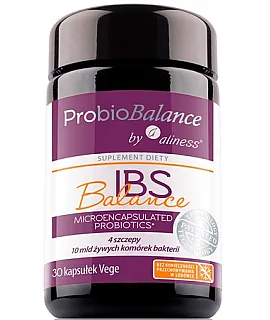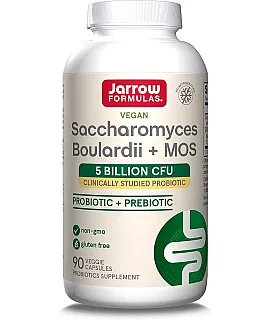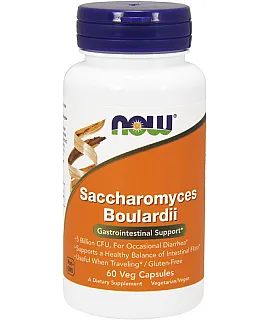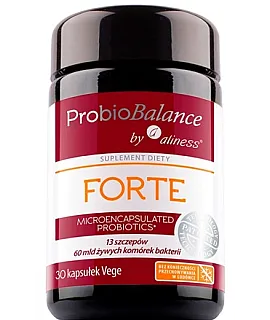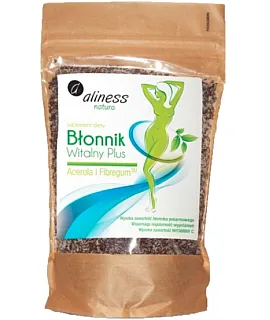- Probiotic bacteria complex to support intestinal barrier function
- Beneficially influences the function of the immune system
- Provides live cultures of probiotic bacteria
- May affect nervous system function
- Facilitates absorption of nutrients
- Seals the connections between enterocytes
- Prevents digestive dysfunctions
- Regenerates the intestinal mucosa
Sanprobi Barrier is an advanced probiotic preparation that responds to the needs of modern man. It provides a complex of eight bacterial strains crucial for the tightness of the intestinal barrier.
What is the intestinal barrier?
The absorptive surface of the intestines is the largest area of substance exchange between the body and the external environment. Through the huge number of processes occurring on it, it affects the functioning of every cell in the body. The outermost surface of the intestines is formed by a mucous membrane densely populated with bacterial microflora, called the intestinal barrier. It exhibits extremely broad functionality, relying on two primary mechanisms of action; the formation of a physical barrier to the entry of pathogens, thanks to so-called "tight junctions" between enterocytes, and a range of probiotic bacterial activity capable of producing vitamins, enzymes, or neurotransmitters.
Why should we support the tightness of the intestinal barrier?
This highly advanced functional system formed by the mucous membrane of enterocytes and the microorganisms that populate it is, unfortunately, relatively susceptible to damage. The greatest havoc is wreaked on the natural bacterial microflora by antibiotics, still over-prescribed by doctors. Significantly, they cause changes in the bacterial composition of the gastrointestinal tract not only during their use, but also leave their mark on the probiotic layer even years after the end of antibiotic therapy.
It is not only antibacterial agents that pose a threat to the functionality of the bacteria present in the digestive system. The lifestyle characteristic of 21st century man, full of all sorts of stress factors and lack of time for adequate regeneration, is an equally important factor destructively affecting the intestinal barrier. Also, the now common highly processed diet, full of anti-nutritional factors, poses a real threat to the state of the natural bacterial flora covering the intestines.
The trend of maximum sterilization of the surrounding environment, especially during early development, cannot be overlooked either. This leads to incomplete formation of the intestinal microflora, forming a dysfunctional intestinal barrier in the future, incapable of normal immune function. The dysfunctional gut microbiota is also influenced by non-steroidal anti-inflammatory drugs, which are used overly often due to their apparent lack of harmfulness
The intestinal barrier and sports
Physically active people should take special care of the tightness of their intestines. First, they are extremely vulnerable to intestinal barrier dysfunction due to the fact that each training unit is a significant stress factor that disrupts the eubiosis (bacterial balance) of the intestines. Second, probiotic therapy avoids the digestive discomfort often experienced during workouts. Third, the tightness of the intestinal barrier affects the functioning of the brain-gut axis, which translates into the efficiency of the nervous system, which mainly determines exercise capacity and motor skills.
Symptoms of intestinal barrier dysfunction
The main, most manifest symptom of intestinal dysbiosis is all kinds of digestive disorders, with constipation and bloating at the forefront. Lack of proper function of probiotic bacteria (mainly enzymatic) leads to impaired digestion and absorption of nutrients. Further, this translates into energy disorders in all cells of the body, reducing their efficiency.
The second major area in which disruption of the intestinal barrier plays a significant role is the immune system. The intestines are a huge surface through which pathogens can enter the bloodstream directly. An adequately rich microflora within the gastrointestinal tract is responsible for the mechanical resistance of the intestinal barrier and the tightness of the connections between enterocytes, which are the main pathway for harmful substances and microorganisms to enter the body.
An equally important, but often overlooked aspect related to the intestinal microflora is its impact on the functioning of the nervous system. Probiotic bacteria show the ability to synthesize many important neurotransmitters, such as gamma aminobutyric acid, dopamine, acetylcholine and serotonin. They are an important source of these, and gut bacteria dysfunction can be associated with deregulation of nervous system function and mood swings. Studies also point to intestinal dysbiosis as one of the causes of migraine headaches.
How does the supplement work?
The product includes 8 bacterial strains with functions crucial to the efficiency of the intestinal barrier. The most active cultures present in the formula are B. Bifidium and L. Casei, which enhance the immune functions of the intestinal barrier, stimulate the immune response by increasing the synthesis of interleukin 10 and inhibit mast cell activity. The latter functionality is also demonstrated by the strains of L. Salivarius. Bacteria from the group of L. Acidophilus and Lc. Lactis further reduce the liposaccharide load. B. lactis and L. brevis, in turn, are among the most potent strains that favorably affect the mechanical integrity of the mucosa.
Sanprobi Barrier is a comprehensive formulation that provides comprehensive support for the tightness and functioning of the intestinal barrier. It allows to nullify the destructive to the intestinal microflora influences of a highly processed diet and a life full of stress factors. By restoring eubiosis within the gastrointestinal tract, they favorably affect the functioning of the entire body, with particular effectiveness towards the immune and nervous systems.
